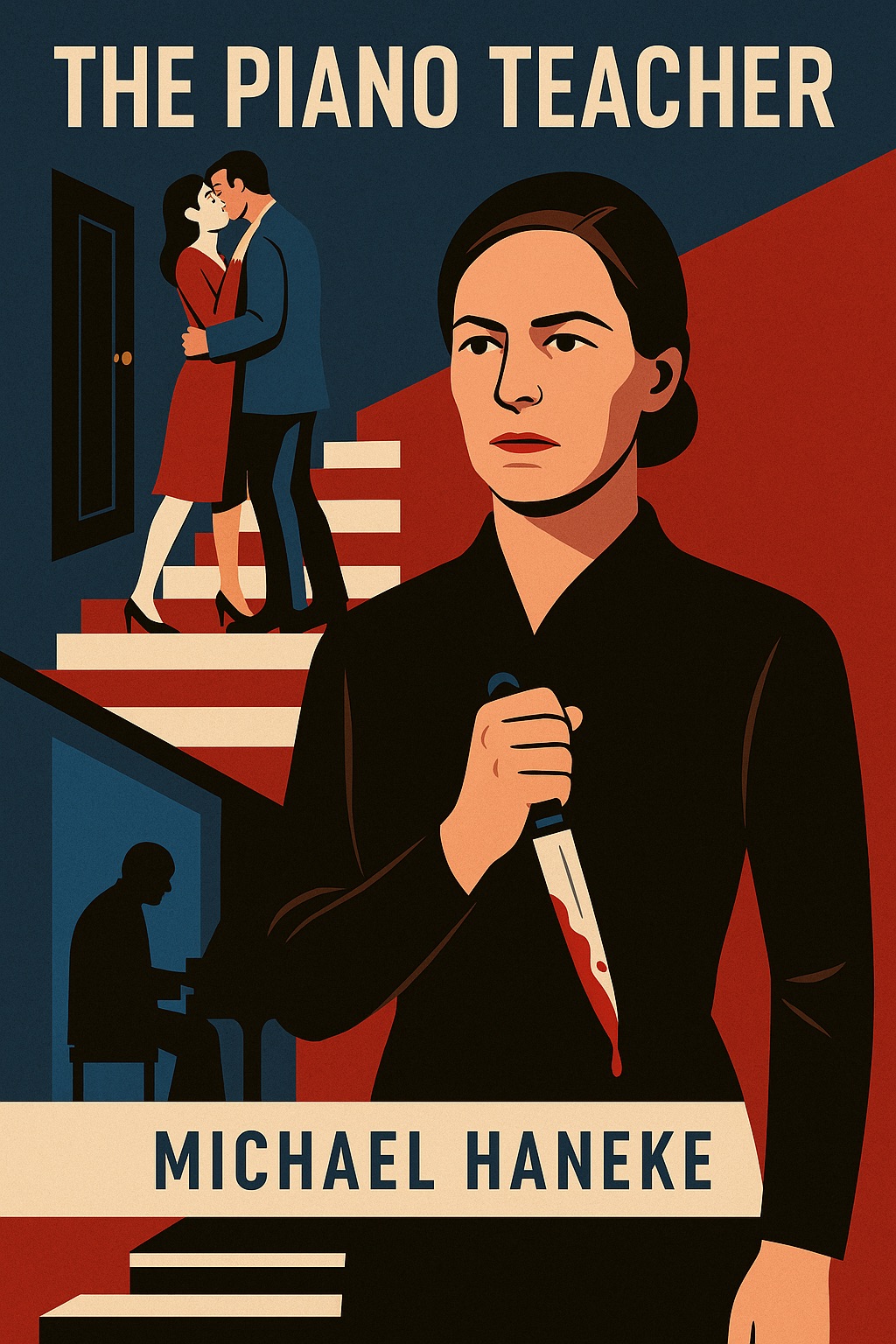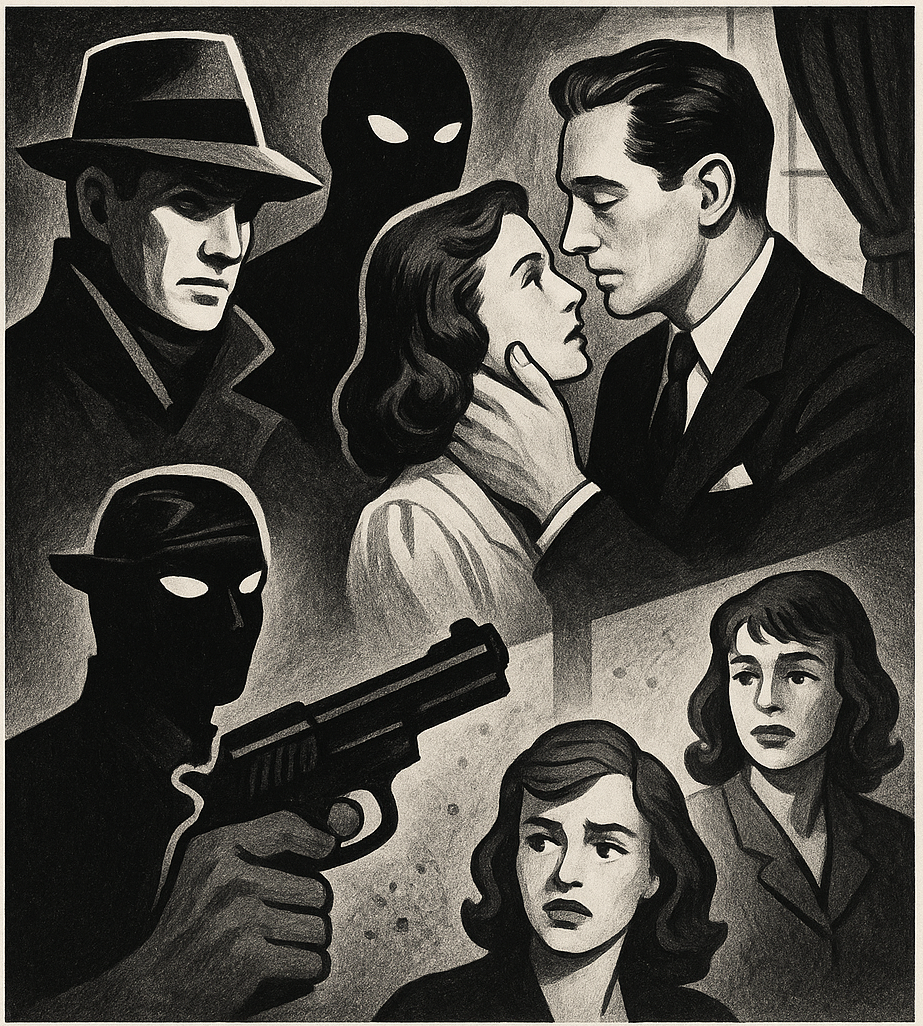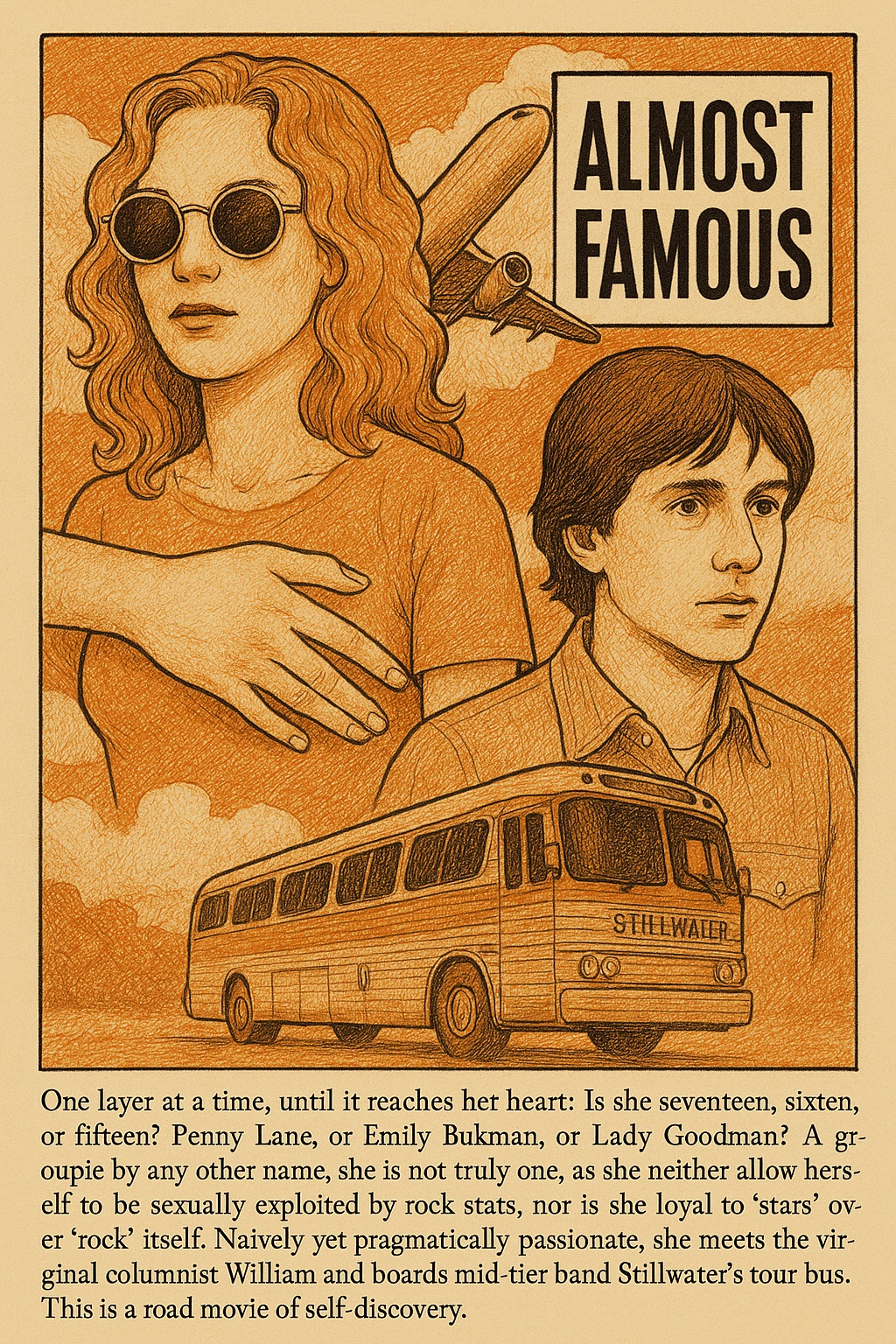The Wrong Man (1956), Alfred Hitchcock
It all begins with a wife’s toothache. The dentist tells her a curious fact, which she then relays to her husband: through evolution, human jaws have narrowed, yet the number of teeth has not decreased. Consequently, wisdom teeth lacking space grow sideways, pressing painfully against the jaw—this is our first clue.
On the morning before Manny’s unjust arrest, he witnesses his twin sons arguing. One complains that his piano playing is being disturbed; the other insists he was only trying to harmonize with a harmonica. Manny gently advises that together they produce harmony, but joining late creates dissonance. He promises a music lesson after work, leaving home unaware of the symbolic resonance—our second clue.
Returning home that evening, Manny is abruptly seized by mysterious men and taken to a police station. After slow, agonizing identification and handwriting tests, Manny finds himself swiftly labeled a criminal, whisked from a cell to court, then into custody with disorienting speed. Just as he settles into prison, a guard announces his bail payment—he is suddenly free. Later, standing in the same doorway where he was captured, Manny reflects that the ordeal feels “like it happened a million years ago,” revealing his skewed sense of time—our third clue.
Faced with overwhelming debt from a $7,500 bail and legal fees, Manny and his wife, Rose, decide to fight in court. To verify Manny’s alibi, they return to the mountain lodge where they’d stayed, seeking witnesses from a card game. But upon tracking these individuals down, Manny discovers they had died long ago, learning this bleak news first from giggling, indifferent girls, then from a delayed, non-English-speaking neighbor. Overwhelmed, Rose begins laughing uncontrollably, showing early signs of psychosis.
In the hellish courtroom drama, Manny’s attorney, seeing the futility in the face of consistent witness testimony, requests a mistrial. Exhausted, Manny returns home, where his mother advises him to pray. Alone, staring at an image of Jesus, Manny murmurs inaudibly. The film then overlays Manny’s face with that of the real criminal attempting another robbery. This moment symbolizes narrative resolution, reunification of Manny’s fragmented identity—previously shattered by Rose throwing a hairbrush at their mirror into two halves: the criminal “Chris” and the kind husband “Manny”—and synchronization of his disrupted personal-social timeline.
Finally vindicated, Manny visits Rose at the mental hospital, excitedly delivering the good news. But Rose, staring blankly out the window, coldly responds that it’s good for him, urging him to leave her alone. They no longer share the same temporal reality—a direct result of the chaotic temporal chain from toothache to dissonance to false accusation. An end title confirms eventual healing, but only after two more painful years.
The Wind That Shakes the Barley (2006), Ken Loach
In English, one’s nation is called the “Fatherland.” Brothers Damien and Teddy, orphaned in Ireland’s civil war, struggle to find father figures. Damien finds his symbolic father in Dan, a railway engineer embodying the industrial worker, immediately shaping Damien’s inner homeland. Conversely, Teddy remains bound by the influence of his indifferent factory-owner father who sent him to seminary at just twelve. Eventually becoming an officer of the Irish Free State, a puppet for British interests, Teddy suppresses his compatriots—the working-class Damien and Dan. Teddy’s father figure embodies cold bourgeois authority: Churchill, Chamberlain. The brothers’ conflict culminates with Teddy executing Damien’s adopted father figure, and ultimately Damien himself.
Death’s inheritance echoes earlier when Damien executes Chris, a local boy forced to inform on rebels, paralleling his earlier execution of a British colonel who cursed the IRA until death. Despite his unwillingness, Chris symbolically becomes the colonel’s son. Damien recounts walking silently with Chris’s grieving mother to his grave for six agonizing hours. The cycle Damien dreads had begun with Michael’s death and concludes with Damien’s own execution, repeating endlessly. This bleak realism and revisitation of tragedy underscore a cruel paradox: to establish the fatherland, children must die, leaving behind only a mother’s eternal lament.
Casualties of War (1989), Brian De Palma
During a patrol in Vietnam, rookie Eriksson falls into a Viet Cong tunnel after a sudden attack, trapped halfway between surface and underground. A Viet Cong approaches menacingly, knife in mouth, but Meserve pulls Eriksson out. The Viet Cong—and symbolically, the Vietnam War—emerges here as subterranean sexual danger. As long as fraternal camaraderie protects them, soldiers are safe. The narrative accelerates after squad centerpiece Brown dies in an ambush.
Meserve soon proposes kidnapping a Vietnamese woman for sexual use. Despite initial dismissals as joking, the camera abruptly adopts a predator’s perspective, hunting for prey. The girl chosen after Brown’s death, symbolizing destructive desire, speaks no English. Her inability to communicate justifies objectification—transforming her fully into an “enemy” figure. Only Eriksson sees her as human. Meserve enforces this brutality through hierarchical command, forcing each man to participate. Eriksson, the “cherry,” must protect his moral integrity along with hers.
The film’s pivotal scene is the girl’s violent death, stabbed by Clark and fatally falling from a railroad bridge amid combat. De Palma edits a sequence linking Eriksson—the girl’s body—dead American soldiers—an American boat—a Vietnamese boat—dead Vietnamese soldiers, presenting Vietnam as America’s repressed, erupting libido.
Critics condemned the ending, which pairs Eriksson’s bus-ride sleep at the start with waking at the end, dismissing Vietnam as merely a nightmare. Yet, questioning this as mere reductionism neglects De Palma’s consistent emphasis: dreams profoundly reflect libido’s role. Indeed, the nightmare conclusion directs the viewer inward, away from the jungle to human interiority.


